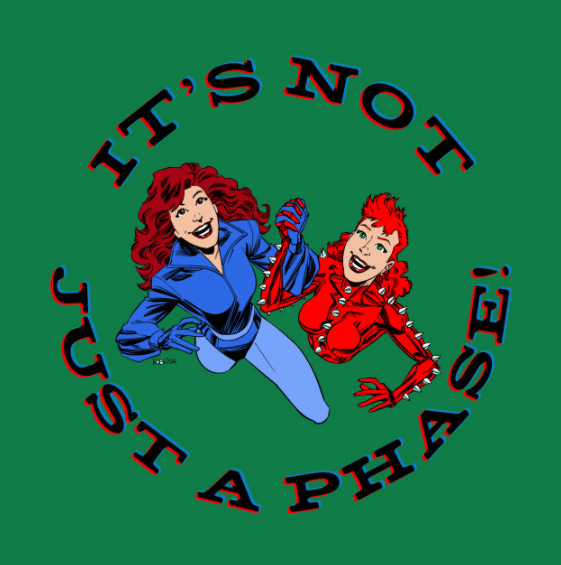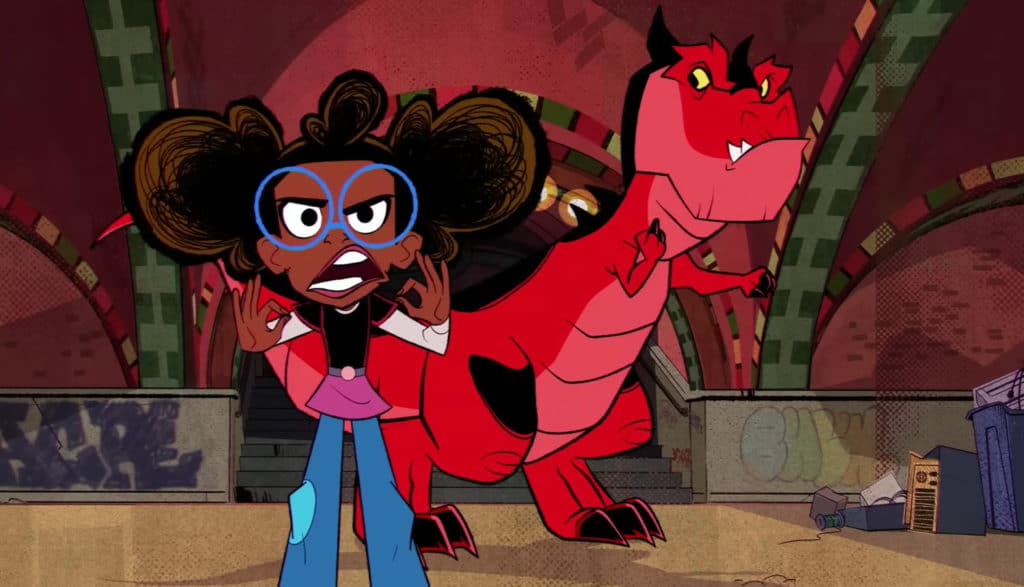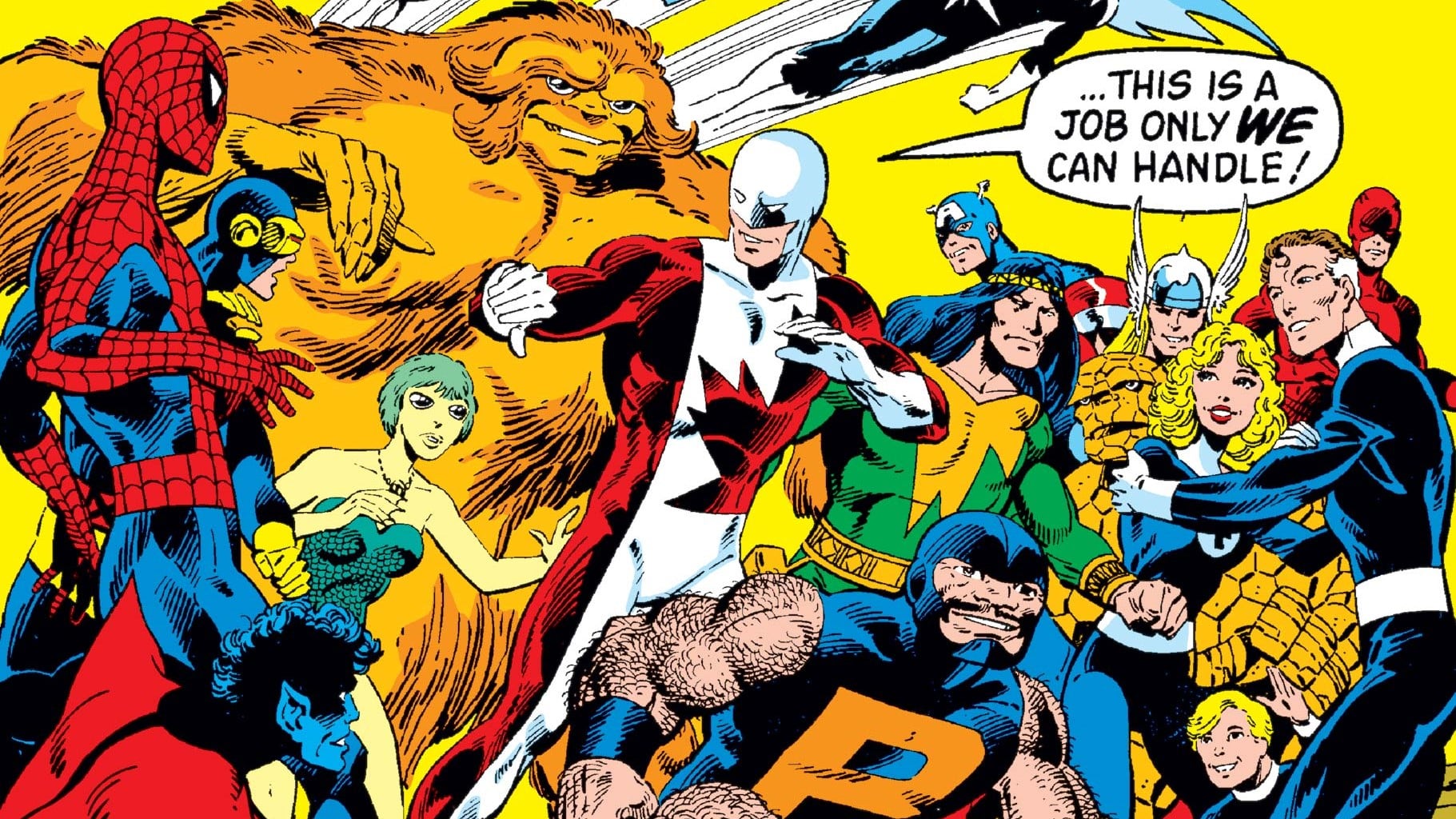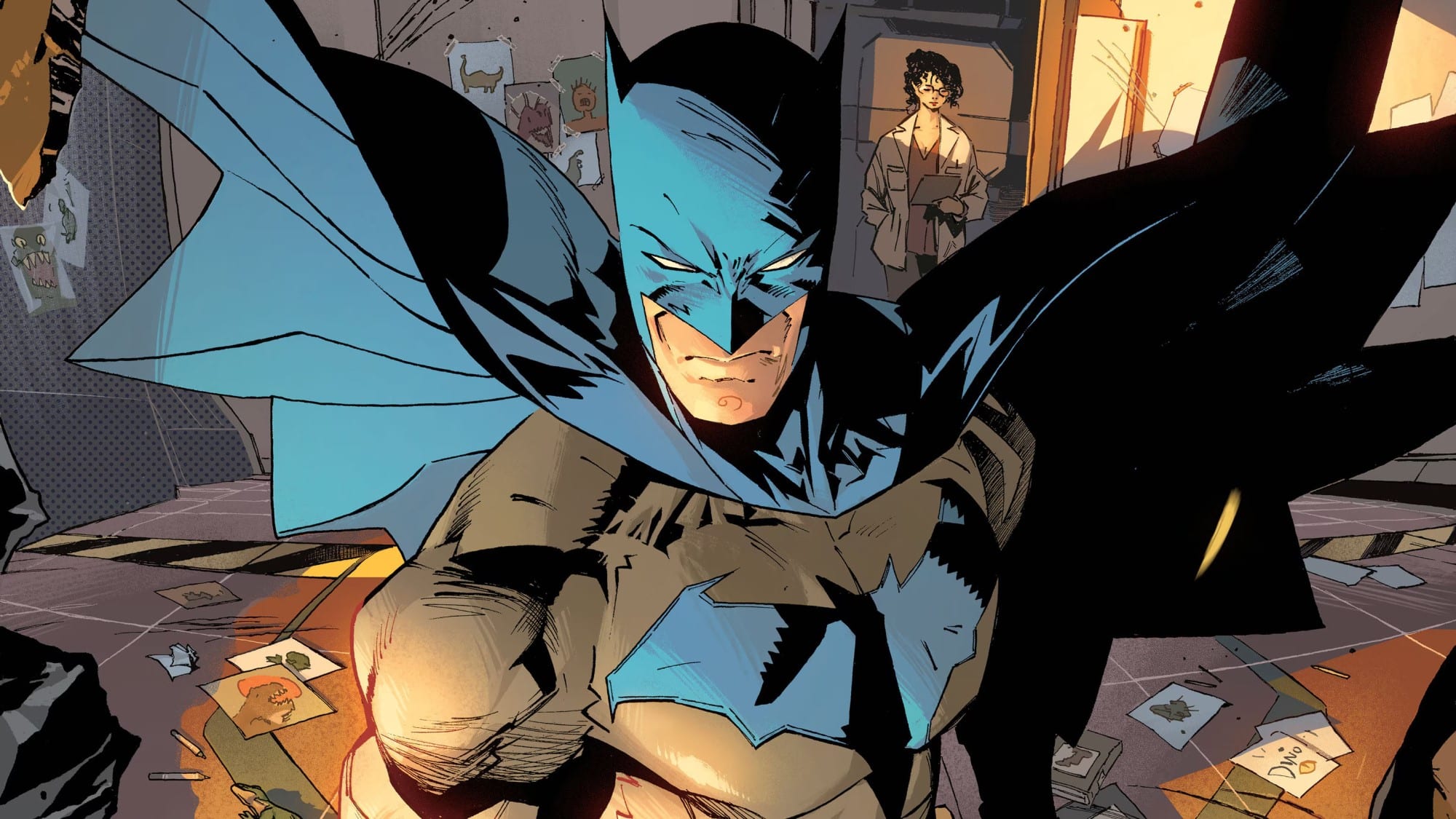This Editorial comes to us from Everett Christensen
Also you can get a T-Shirt with that header image from the Jay & Miles X-Plain the X-Men store
The X-Men Franchise has taken a lot of heat for its portrayal of gay and lesbian characters. Over the past few decades the number of textually lesbian and gay X-Men has grown and with each addition created waves of controversy. Homosexual representation in the X-Men has been called pandering, out of touch, or off base. There are several critical reads that have long since suggested alternate takes on characters like Kitty Pryde, Illyana Rasputin, and Rachel Summers that cast their interactions as subtextually romantic. Several uses of the Mutant Metaphor have been an allegory for the gay experience. Somewhere between that text and the subtext, all bisexual representation has been silenced. The franchise as a whole does not approach bisexual representation with respect, despite having an incredible number of characters for whom the claim can be made and the majority of textual bisexual representation in Marvel comics.
Daken, Mystique, Psylocke, Richter, and Shatterstar. That is the current list of textual bisexual mutants unless you want to count David Allyene (depowered) or Stacy X (depowered, shown possibly repowered, no appearances since 2012). David’s bisexuality was not explored in an X-Book, nor has he appeared in the franchise since 2012. Stacy X is… regrettable. Of the remainder, Daken and Mystique are frequently cast as villainous while Psylocke, Richter, and Shatterstar are generally cast in heroic roles. All five, however, have at one time or another taken a heel and face turn, batting for both teams really. This is good for bisexual representation because bisexuality is rarely depicted in any medium including the comics these characters come from.
How rare, one might ask? Psylocke, Betsy Braddock, introduced in 1976 has over 750 appearances to her name. However, the reveal of her bisexuality took place in 2013 and has not come up since. Even with her popularity, she has appeared in no more than 125 comics since coming out as textually bisexual. Since the X-Force storyline involving her romantic entanglement with a part of Fantomex, named Cluster, that was female has resolved it also hasn’t come up again in any storylines. In fact, her relationship to Angel has been paramount in her stories. This is how bisexual voices are silenced, certainly, Psylocke hasn’t had anything to say on the topic.
This is the main issue with bisexual representation and a challenge for the perception of bisexuals everywhere. It is unreasonable and biphobic that the audience is asked to accept, without textual evidence, that one same-sex relationship means the character is bisexual. It’s arguable that is even a case for a bisexual identity in the first place as Psylocke was engaged in a heterosexual relationship with Fantomex previous to it becoming a polyamorous bisexual relationship with male Fantomex and female Cluster. Everything else is subtext. Betsy could be pansexual or any other number of niche sexualities. It seems to be the intent of the franchise that it simply be taken as read. So while she is touted as bisexual we see no evidence of it, which is par for the bisexual course, seen but not heard.
Similar difficulties exist with Mystique and Daken. Both are shown to be powerfully seductive, however, we do not get to see this seduction or romance as part of the experiences of either character. With their villainous alignment, both characters are textually represented as attracted to both men and women and see them act on that attraction. Their sexuality is used mainly as a weapon, as deceit. It is framed as transgressive and more frequently than not a violation of those they attract, furthering the stereotype of sexually greedy or untrustworthy bisexuals. Their sexuality is something that happens to others. There are no introspective moments, no quiet beats since Mystique scattered Destiny’s ashes.
 But far more frequent than textual quiet or exploitation through villainization are the instances of subtextual bisexuality, of which the franchise has mountains. Kitty Pryde has been shown being seduced by Courtney Ross, her close friendships with Rachel and Illyana often read as intimate, but that’s it. There is no textual bisexuality just a lot of ‘close friends’ with a lot of ‘love’ and an unexplained ‘one of these characters has parts of the other’s soul inside of them but wait, wait it’s not gay’. It’s absurd. Claremont himself said that it was his authorial intent and he tried it, in Mekanix with some suggestive text boxes, a Sentinel interrupted near-kiss with Karma, and with Rachel in X-Men: The End. Yet Kitty isn’t out, her queerness buried under years of heterosexual text. She is far from the only victim of this silencing.
But far more frequent than textual quiet or exploitation through villainization are the instances of subtextual bisexuality, of which the franchise has mountains. Kitty Pryde has been shown being seduced by Courtney Ross, her close friendships with Rachel and Illyana often read as intimate, but that’s it. There is no textual bisexuality just a lot of ‘close friends’ with a lot of ‘love’ and an unexplained ‘one of these characters has parts of the other’s soul inside of them but wait, wait it’s not gay’. It’s absurd. Claremont himself said that it was his authorial intent and he tried it, in Mekanix with some suggestive text boxes, a Sentinel interrupted near-kiss with Karma, and with Rachel in X-Men: The End. Yet Kitty isn’t out, her queerness buried under years of heterosexual text. She is far from the only victim of this silencing.
Someone out there will violently disagree, but how many ‘special friends’ does Storm really need to have before she can be out? When will Genesis and Quinten Quire makeup and make out? While the older characters and stories get a ‘CCA was bad’ stamp to give an excuse there is no reason it must continue as such. The National Health Statistics Report, Sexual Behavior, Sexual Attraction, and Sexual Orientation Among Adults Aged 18–44 in the United States: Data From the 2011–2013 National Survey of Family Growth reports 49.6% of women that self-reported as being attracted to the same sex identify as bisexual, while 20.2% of men that self-reported identify as the same. Bisexual visibility requires representation and if there is a place for that representation it’s the X-Men. This is the franchise with two gay Icemen. It can withstand addressing bisexual invisibility.
Because, of course, there is an exception that proves the rule. Rictor and Shatterstar are a great example of what a great bisexual romance looks like. In Peter David’s X-Factor the pair reunites with a passionate kiss before this of course was a long history of subtext. From that point each member of the team has their own reaction that range from problematic in implementation to inspired, Rhane tries to ‘save’ Rictor with a baby scare, Guido cracks some rather uncomfortable jokes. But what makes it fantastic is the representation of both poly and monogamous bisexuals. Shatterstar wants to experiment and sleep around, Rictor wants monogamy. It becomes part of their pathos and relationship dynamic in an arguably healthy and respectful way. There has not been any representation like that before or since.
It is in having great representation, then having it taken away, that the need becomes more obvious. With textual gayness at perhaps a peak in the franchise what better time could there be to address things like biphobia? To be clear this is not advocation that the story be slaved to depictions of sexuality. In a cast of dozens, there is room for truthful examination of the human condition aside from the wacky science fiction adventures. It is absolutely possible to do both. It is the legacy of inclusion and representation in the franchise that calls for depictions both heroic and villainous. If Marvel continues to have visible gay characters it’s just as necessary to have visible, textual, bisexual representation with depth as well.
Black small business owner, obviously a little mad about the X-Men.









